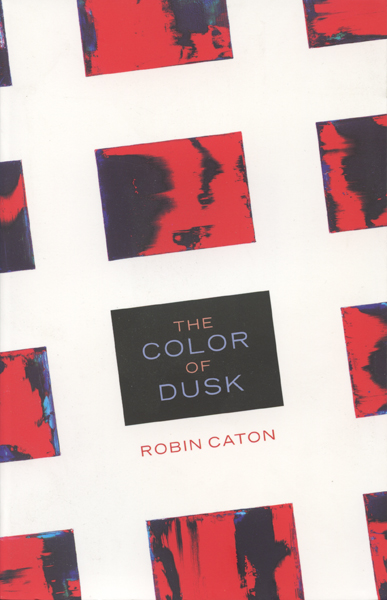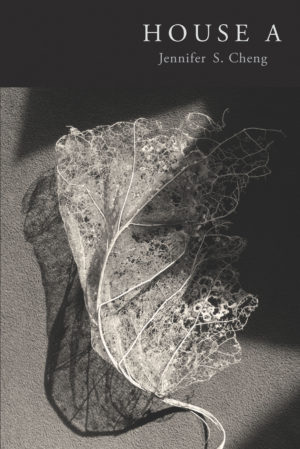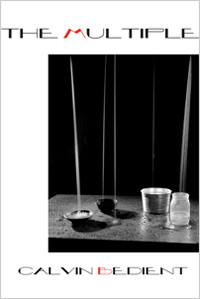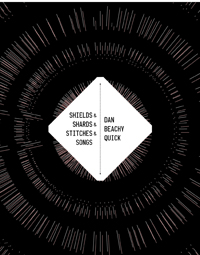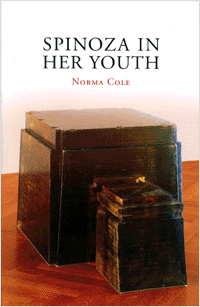Description
In The Color of Dusk, Robin Caton bridges traditions of secular, religious, modernist, and post modernist writing to encounter word at its most unsettling, provocative, and urgent. At times conversational, elliptic, meditative, minimalist, expansive, Caton’s poems are unified by an insistence to reach, with language, through language, to turn words toward what is ever outside their ability to name.
With this her first book Robin Caton offers us a beautifully constructed work in the enduring tradition of exploratory lyric…. Here is a poetry that invokes the ‘floating I’ and the steady hum of oscillation’, aware at once of the darkness of our moment and of the comic mystery of being and its discontents.
Michael Palmer
About the Author
Reviews
Excerpt
Robin Caton, an attorney, poet and teacher, studied Tibetan Buddhism for many years and currently serves as the Director and a faculty member of Dharma College, a new school for adults in Berkeley, Ca. After practicing law with a firm in San Francisco, Robin resigned her partnership to write. She received an MFA in poetry from Saint Mary’s College. In addition to The Color of Dusk, her poetry has been published widely in journals, including five fingers review, Columbia Poetry Review, 6ix, Fourteen Hills, and The Spoon River Poetry Review. A short story, “B, Longing,” appeared in Paraspheres (Omnidawn, 2006). In the late 1990’s, Robin began making books as an outgrowth of her poetry. Her artists’ books have appeared in juried shows at Artisan’s Gallery in Mill Valley, CA, the San Francisco Public Library, and the San Francisco Center for the Book. Her visual and poetic work was the subject of a featured article in the Drexel Online Journal, a journal of arts and poetics sponsored by Drexel University.
Robin Caton uses innovative forms to destabilize notions of line, boundary, the visual, and self in poetry. The book’s organization by color — gray, purple, green, red, orange, white, blue, and black — and individual poems’use of color lend an ekphrastic feel to the collection. More specifically, this employment of discrete elements of color parallels the poems’mindfulness of discrete elements of language, recalling William James’ argument that “We ought to say a feeling of and, a feeling of if, a feeling of but, and a feeling of by, quite as readily as we say a feeling of blue or a feeling of cold.”
STUDY FOR THE COLOR OF DUSK
now it’s the wind that throws itself on light
retreating in a line of machination
these fluid reefs, these apostolic chambers
a pageless elegy for dancing
if I could play with this while walking–
no time, no time, the rabbit says
his passage dense with green determination
I cross that bridge and come to it (comfort it)
slender corridors of craven men
their eyes a dream
blue, an expiation

